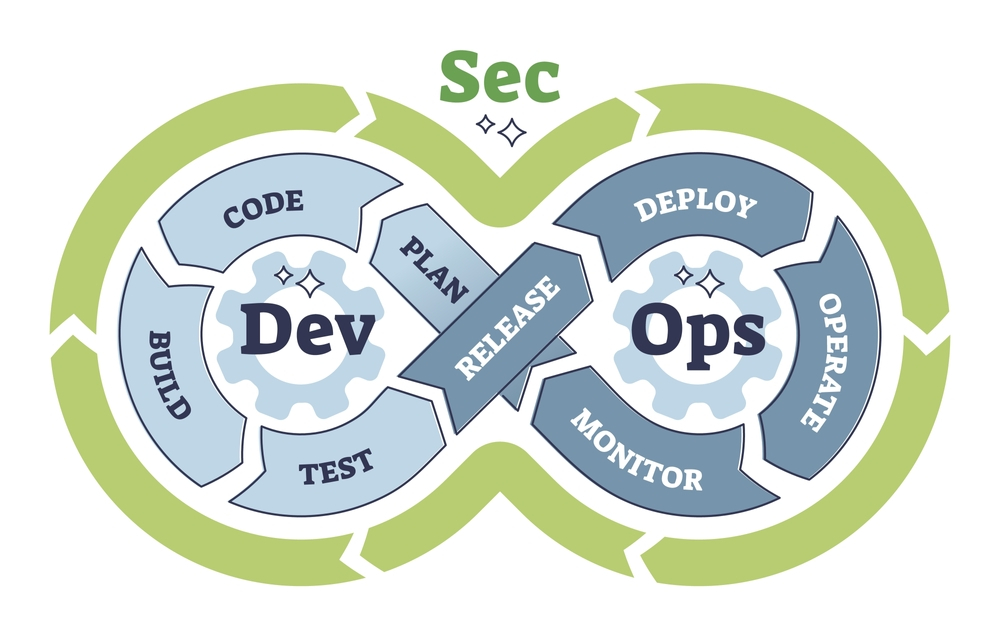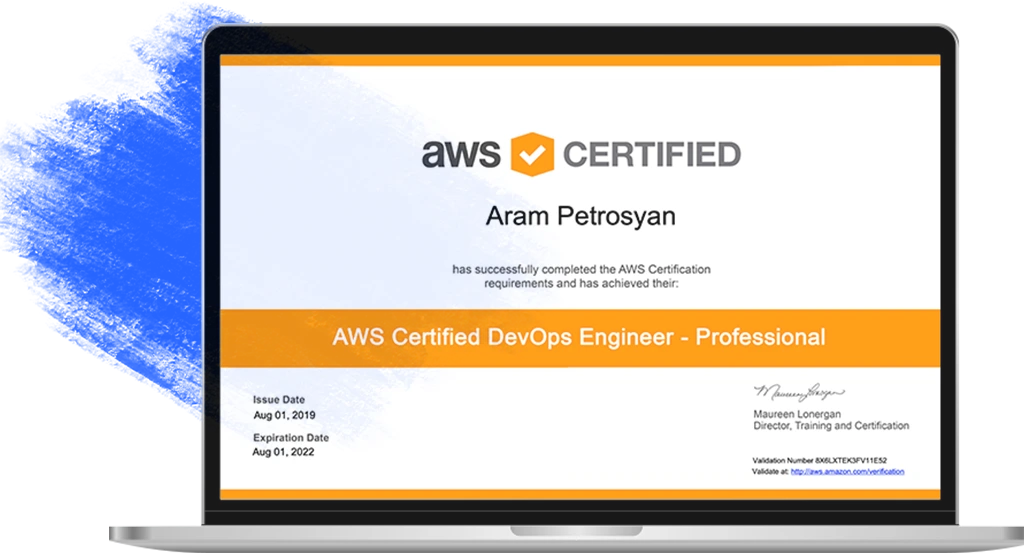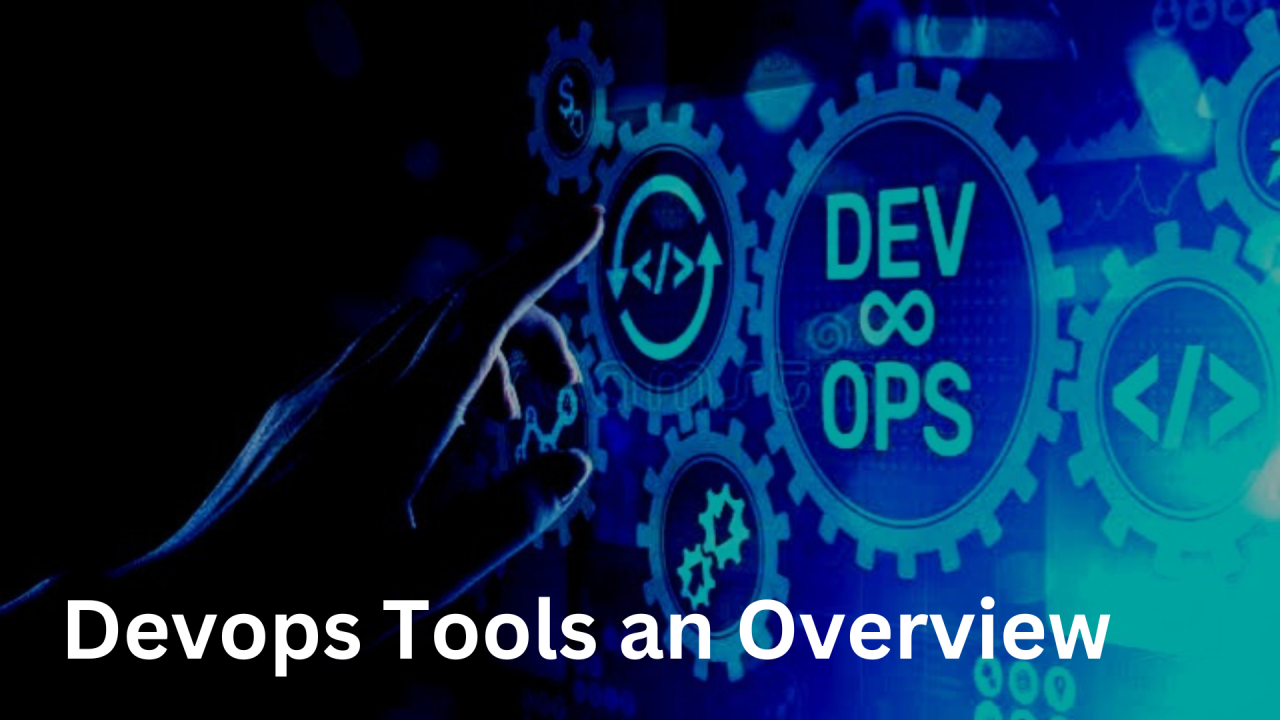“Empowering DevOps: Infrastructure as Code for Seamless Automation and Scalability.”
Introduction
Infrastructure as Code (IaC) has emerged as a pivotal component in the modern DevOps landscape, revolutionizing the way organizations manage and provision their IT infrastructure. By enabling the automation of infrastructure management through code, IaC facilitates consistent and repeatable deployments, reduces the risk of human error, and enhances collaboration between development and operations teams. This approach allows for the seamless integration of infrastructure provisioning into the software development lifecycle, fostering agility and scalability. As organizations increasingly adopt cloud computing and microservices architectures, IaC becomes essential for maintaining the speed and reliability required in today’s fast-paced digital environment. Through tools and frameworks that support IaC, teams can achieve greater efficiency, improve resource utilization, and ensure that infrastructure aligns closely with application requirements, ultimately driving innovation and business success.
Benefits of Infrastructure as Code in DevOps Practices
Infrastructure as Code (IaC) has emerged as a pivotal component in modern DevOps practices, fundamentally transforming how organizations manage and provision their IT infrastructure. By enabling the automation of infrastructure management through code, IaC offers a multitude of benefits that enhance efficiency, consistency, and collaboration within development and operations teams. One of the most significant advantages of IaC is its ability to streamline the deployment process. Traditionally, provisioning infrastructure involved manual configurations, which were not only time-consuming but also prone to human error. With IaC, infrastructure can be defined in code, allowing teams to deploy environments quickly and reliably. This automation reduces the time required to set up and tear down environments, thereby accelerating the overall development lifecycle.
Moreover, IaC promotes consistency across environments. In a traditional setup, discrepancies often arise between development, testing, and production environments due to manual configurations. These inconsistencies can lead to unexpected behavior in applications, making troubleshooting a complex and frustrating task. By using IaC, organizations can ensure that all environments are provisioned from the same codebase, thereby eliminating configuration drift. This uniformity not only enhances reliability but also simplifies the debugging process, as developers can be confident that the environment in which they are testing mirrors the production environment.
In addition to consistency, IaC fosters improved collaboration between development and operations teams. In a DevOps culture, where cross-functional collaboration is essential, IaC serves as a common language that bridges the gap between these traditionally siloed teams. By treating infrastructure as code, both developers and operations personnel can contribute to the same codebase, facilitating better communication and understanding of infrastructure requirements. This collaborative approach not only enhances team dynamics but also leads to more informed decision-making regarding infrastructure changes and deployments.
Another notable benefit of IaC is its ability to enhance scalability and flexibility. As organizations grow and their infrastructure needs evolve, IaC allows for rapid scaling of resources. With the ability to define infrastructure in code, teams can easily replicate environments or adjust configurations to meet changing demands. This agility is particularly crucial in cloud environments, where resources can be provisioned and decommissioned on-the-fly. Consequently, organizations can respond more effectively to market changes and customer needs, ensuring that they remain competitive in an ever-evolving landscape.
Furthermore, IaC contributes to improved security and compliance. By codifying infrastructure configurations, organizations can implement security best practices and compliance requirements directly into their deployment processes. This approach not only reduces the risk of misconfigurations but also enables teams to conduct automated audits of their infrastructure. As a result, organizations can maintain a higher level of security posture while ensuring adherence to regulatory standards.
Lastly, the use of IaC facilitates better version control and documentation of infrastructure changes. Just as software code is versioned and tracked, IaC allows teams to maintain a history of infrastructure modifications. This capability not only aids in understanding the evolution of infrastructure over time but also simplifies rollback procedures in case of issues. By providing a clear audit trail, IaC enhances accountability and transparency within the organization.
In conclusion, the benefits of Infrastructure as Code in DevOps practices are manifold, encompassing improved efficiency, consistency, collaboration, scalability, security, and documentation. As organizations continue to embrace DevOps methodologies, IaC stands out as a critical enabler of successful infrastructure management, ultimately driving innovation and enhancing overall business performance.
Best Practices for Implementing IaC in Modern Development
In the rapidly evolving landscape of software development, Infrastructure as Code (IaC) has emerged as a pivotal practice within the DevOps framework. By enabling the management of infrastructure through code, IaC facilitates automation, consistency, and scalability, which are essential for modern development environments. However, to fully harness the benefits of IaC, organizations must adhere to best practices that ensure effective implementation and integration into their existing workflows.
One of the foremost best practices in implementing IaC is to adopt a version control system for infrastructure code. Just as application code is versioned, so too should infrastructure configurations be managed through systems like Git. This approach not only provides a historical record of changes but also fosters collaboration among team members. By tracking modifications, teams can easily roll back to previous configurations if issues arise, thereby enhancing stability and reliability.
Moreover, it is crucial to establish a clear and consistent coding standard for IaC. This standardization promotes readability and maintainability, making it easier for team members to understand and modify the code. Utilizing established frameworks and tools, such as Terraform or AWS CloudFormation, can further streamline this process. These tools often come with built-in best practices and community guidelines that can serve as a foundation for developing infrastructure code. By adhering to these standards, teams can reduce the likelihood of errors and improve the overall quality of their infrastructure.
In addition to coding standards, implementing automated testing for infrastructure code is another vital practice. Just as application code undergoes rigorous testing, IaC should also be subjected to validation and verification processes. Automated testing frameworks can be employed to ensure that infrastructure configurations are not only syntactically correct but also functionally sound. This proactive approach helps identify potential issues before they impact production environments, thereby minimizing downtime and enhancing system reliability.
Furthermore, it is essential to embrace a modular approach when designing infrastructure code. By breaking down configurations into smaller, reusable components, teams can promote efficiency and reduce redundancy. This modularity allows for easier updates and modifications, as changes can be made to individual components without affecting the entire infrastructure. Additionally, leveraging modules from community repositories can accelerate development and foster innovation, as teams can build upon existing solutions rather than starting from scratch.
Another critical aspect of IaC implementation is the importance of documentation. Comprehensive documentation serves as a valuable resource for current and future team members, providing insights into the rationale behind specific configurations and decisions. This practice not only aids in onboarding new team members but also ensures continuity in the event of personnel changes. By maintaining up-to-date documentation, organizations can safeguard their knowledge base and facilitate smoother transitions.
Lastly, organizations should prioritize security in their IaC practices. As infrastructure becomes increasingly defined by code, it is imperative to incorporate security measures from the outset. This includes implementing access controls, conducting regular security audits, and utilizing tools that can identify vulnerabilities within the infrastructure code. By embedding security into the development lifecycle, teams can mitigate risks and protect their systems from potential threats.
In conclusion, the successful implementation of Infrastructure as Code in modern development hinges on adherence to best practices that promote collaboration, consistency, and security. By leveraging version control, establishing coding standards, automating testing, embracing modularity, maintaining thorough documentation, and prioritizing security, organizations can effectively integrate IaC into their DevOps practices. As the demand for agile and scalable infrastructure continues to grow, these best practices will play a crucial role in shaping the future of software development.
Common Tools and Technologies for Infrastructure as Code
Infrastructure as Code (IaC) has emerged as a pivotal component in the modern DevOps landscape, enabling organizations to automate and manage their infrastructure through code rather than manual processes. This shift not only enhances efficiency but also fosters consistency and reliability in deployment. To fully leverage the benefits of IaC, various tools and technologies have been developed, each offering unique features that cater to different aspects of infrastructure management.
One of the most widely recognized tools in the IaC domain is Terraform, an open-source tool created by HashiCorp. Terraform allows users to define their infrastructure using a high-level configuration language, enabling the provisioning of resources across multiple cloud providers. Its declarative approach means that users can specify the desired state of their infrastructure, and Terraform will automatically manage the changes required to achieve that state. This capability not only simplifies the process of infrastructure management but also reduces the risk of human error, as the code can be version-controlled and reviewed just like application code.
Another significant player in the IaC space is AWS CloudFormation, which is specifically designed for users of Amazon Web Services. CloudFormation allows developers to create and manage a collection of related AWS resources, provisioning them in an orderly and predictable fashion. By using templates written in JSON or YAML, users can define the infrastructure they need, and CloudFormation takes care of the underlying orchestration. This integration with AWS services makes it a powerful tool for organizations heavily invested in the AWS ecosystem, as it streamlines the deployment process and ensures that resources are configured correctly.
In addition to Terraform and CloudFormation, Ansible has gained popularity as an IaC tool, particularly for configuration management. Unlike Terraform, which focuses primarily on provisioning, Ansible excels in automating the configuration of existing resources. Its agentless architecture allows users to manage systems over SSH, making it easy to deploy applications and manage configurations across a wide range of environments. Ansible’s playbooks, written in YAML, provide a straightforward way to define automation tasks, making it accessible for teams looking to implement IaC without a steep learning curve.
Moreover, Puppet and Chef are two other notable tools that have been instrumental in the evolution of IaC. Both tools focus on configuration management and allow users to define the desired state of their systems using code. Puppet employs a declarative language, while Chef uses a procedural approach, giving teams the flexibility to choose the tool that best fits their workflow. These tools not only automate the configuration of servers but also ensure that systems remain in compliance with defined policies, thereby enhancing security and stability.
As organizations continue to embrace cloud-native architectures, tools like Kubernetes have also integrated IaC principles into their operations. With Kubernetes, users can define their application infrastructure using YAML files, allowing for the automated deployment, scaling, and management of containerized applications. This synergy between IaC and container orchestration exemplifies the modern approach to infrastructure management, where agility and automation are paramount.
In conclusion, the landscape of Infrastructure as Code is rich with tools and technologies that cater to various needs within the DevOps framework. From provisioning and configuration management to orchestration, these tools empower teams to automate their infrastructure, reduce errors, and enhance collaboration. As the demand for rapid and reliable deployments continues to grow, the role of IaC will undoubtedly become even more critical in shaping the future of software development and operations.
Conclusion
Infrastructure as Code (IaC) plays a crucial role in modern DevOps by enabling automated, consistent, and scalable infrastructure management. It allows teams to define and provision infrastructure through code, facilitating version control, collaboration, and rapid deployment. By integrating IaC into the DevOps pipeline, organizations can enhance efficiency, reduce errors, and improve the overall reliability of their systems. Ultimately, IaC empowers teams to respond quickly to changing business needs, fostering a culture of innovation and continuous delivery.





